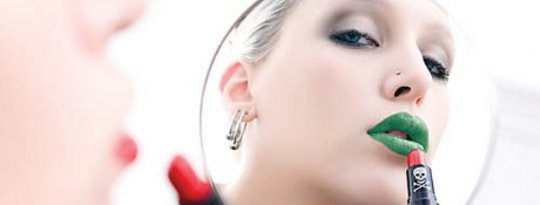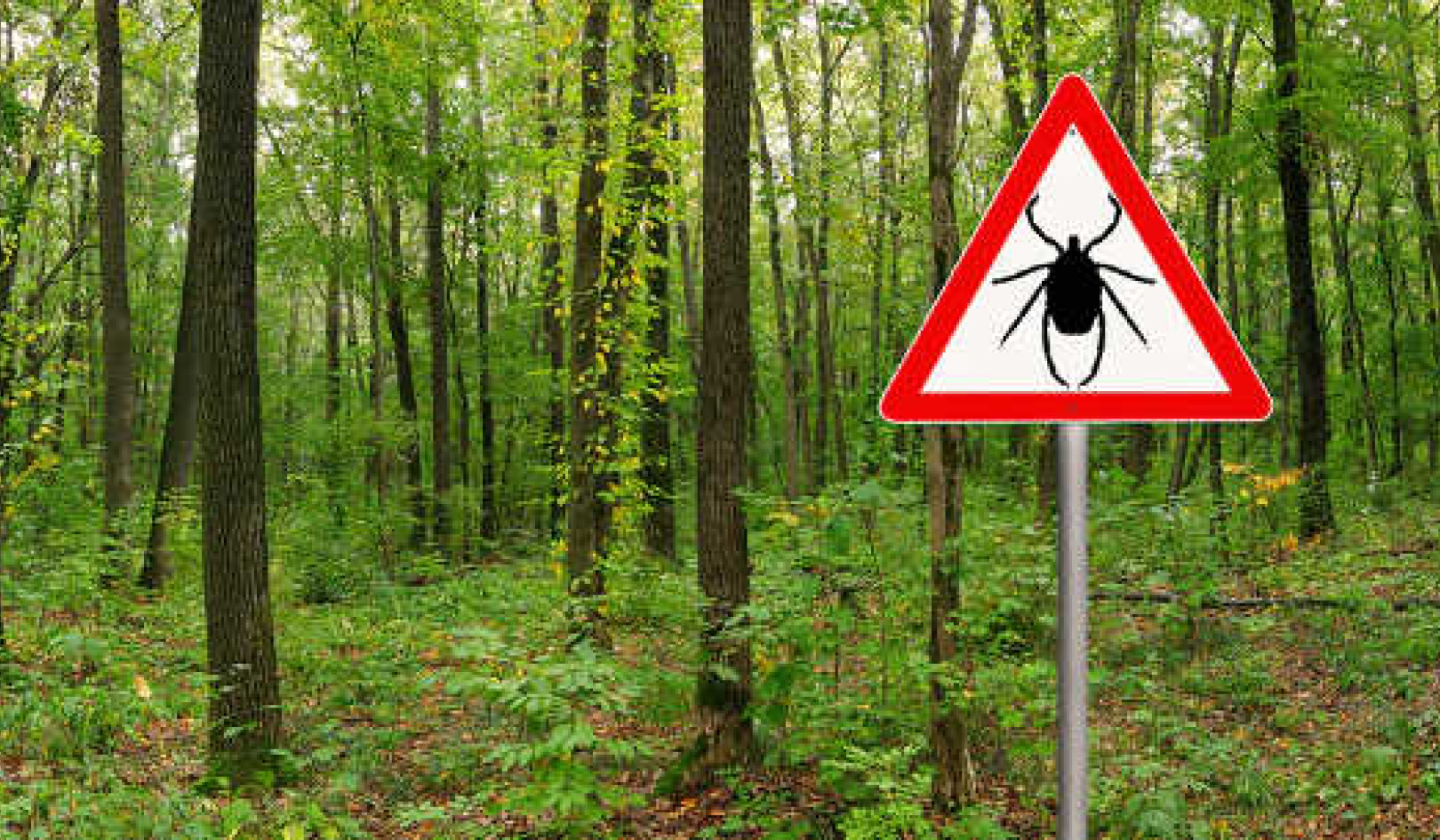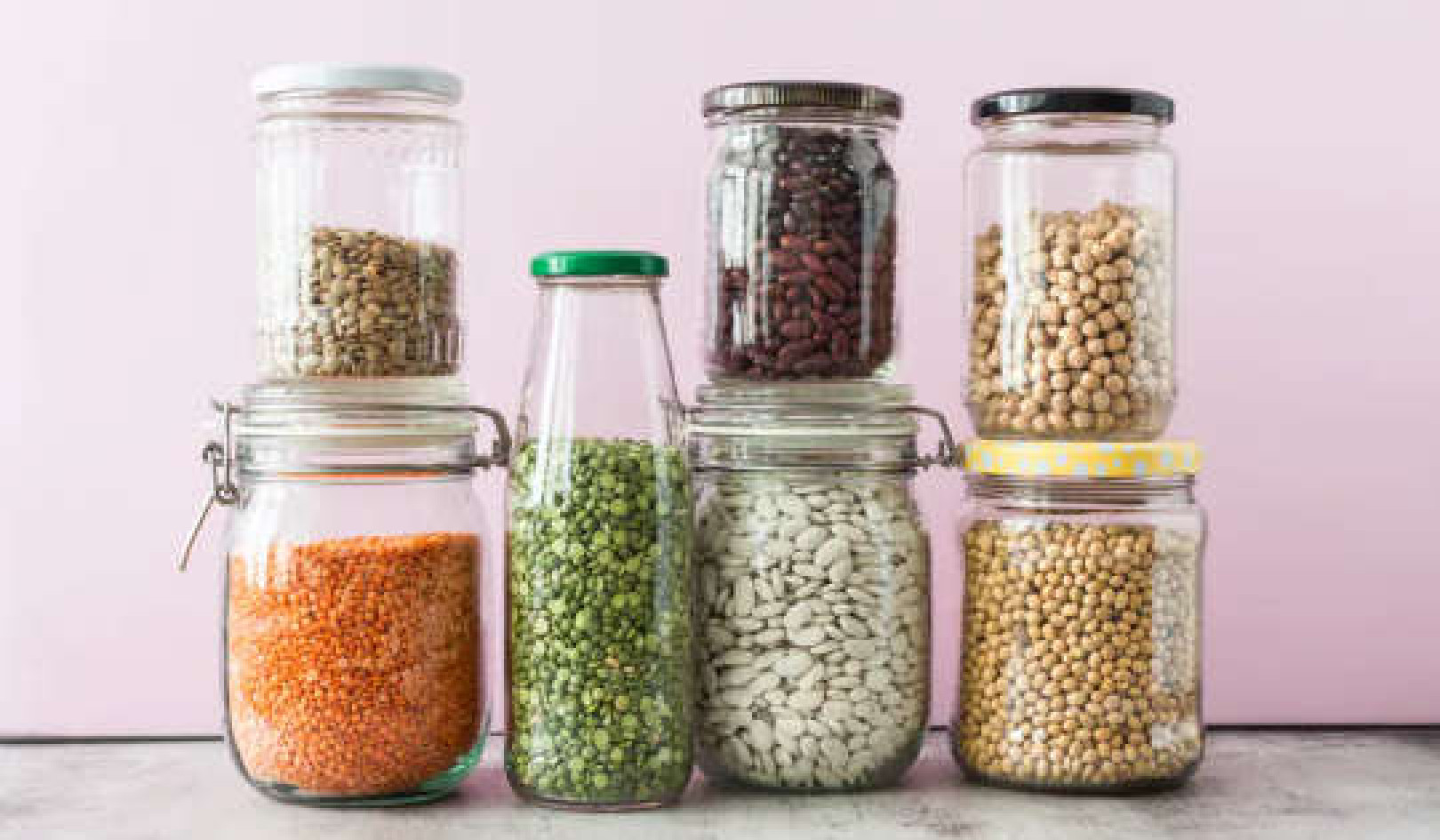
Women show more susceptibility to toxins. On one hand, women’s bodies have more fat, where toxins accumulate, so women are four times more likely to exhibit symptoms of chemical sensitivity than men.
Women and Cancer: Toxic Products
Women’s lifestyles also put them in frequent contact with toxins, in the following ways:
Cosmetics.
Hair products.
Get The Latest By Email
Nail products .
Parenting. (We drive our children on freeways, wait behind idling cars to pick them up after school, and sit for hours on playing fields treated with pesticides and herbicides.)
Dry cleaning.
Shopping.
Household cleaning products.
Jobs. (We work in “pink collar” jobs, such as retail, nail care, and housecleaning, all of which expose us to the toxins described above, as well as office jobs, where we encounter printers and toners.)
Toxins are a major contributing factor to the chronic death of your brain neurons. And since cells in the nervous system can’t regenerate like other cells, we have to protect our neurons by avoiding exposure. Toxins can affect your mental abilities (memory, thinking, concentration, language, attention, and reaction time), physical problems (creating sleep issues, fatigue, headache, sexual dysfunction, developmental delays, and numb hands and feet), emotional issues (including depression, confusion, personality changes), behavior (contributing to irrational, criminal, or violent behavior), and illnesses (including movement disorders, multiple sclerosis, and chemical sensitivity).
What is a Toxin? Skincare & Beauty Products
About half of the personal care products available to us have at least one chemical linked to either reproductive problems or cancer, says the Environmental Working Group (EWG) Look up your brand of personal products at EWG’s Skin Deep website.
In cosmetics: Watch for parabens (ethylparaben, propylparaben, and methylparaben ) which have been linked to breast tumors in women and, to a lesser extent, affect the blood-brain barrier and contribute to neurotoxicity (killing or disrupting neurons).
In nail polish: Look out for phthalates, a plastic softener and solvent. Health advocates say that this chemical is also associated with potential reproductive problems, IQ issues in children, and possible nerve toxicity. But, companies aren’t always required to list them product labels.
In sunscreen: Oxybenzone, an active ingredient in many sunscreen products, has been linked to biological or cellular changes to the skin, which could lead to heart disease, as well as possibly being toxic to the brain, and nervous and organ systems. It is also toxic to wildlife and the environment. Many sunscreens also contain parabens.
 In hair products: You apply their hazardous toxins, often a combination of oxybenzone and fragrance, close to your brain. Many fragrance chemicals are related to neurotoxicity, allergies, and immunotoxicity.
In hair products: You apply their hazardous toxins, often a combination of oxybenzone and fragrance, close to your brain. Many fragrance chemicals are related to neurotoxicity, allergies, and immunotoxicity.
Fragrances — included in moisturizer, shampoo, hair color and bleach, conditioner, body wash, facial moisturizer, styling gel, facial cleanser, and anti-aging skin-care products — can contain neurotoxins and are among the top five allergens ever. EWG has suggestions for safe cosmetics.
What is a Toxin? Cleaning Supplies
Women handle and inhale more poisonous cleaning products than men. They’re exposed to dishwashing rinse agents that release chlorine and quarternium 15 (a chemical that releases formaldehyde); bleaches in counter cleaners and mildew remover; and other items that have ammonia, ethers, phosphates, and ethoxylated nonyl phenols.
Check out natural cleaning products. But you may want to look for which products actually clean the best by checking out reviews and Consumer Reports before you experiment yourself.
What is a Toxin? Clothes and Textiles
New clothes and fabrics typically treated with formaldehyde-based resins include rayon, blended cotton, corduroy, wrinkle-resistant 100% cotton, and synthetic-blended polymer fabrics. Be sure to wash clothes before wearing them, and wash new bedding, towels, and pillows before using them. And wash your hands after shopping.
What is a Toxin? Plastics, Including Athletic Shoes
Stinky plastics are from PVC (polyvinyl chloride), also known as vinyl, made with chlorine, heavy metals, and other toxic plasticizers. Making and incinerating vinyl produces dioxin, a potent carcinogen.
Beware of out-gassing, which occurs when the volatile toxic chemicals in a plastic evaporate out of the material into the air. If a plastic stinks when you open the package, air it outside. Or better yet, use other types of plastic instead.
For more on how to avoid harmful plastics, check out Cancer Schmancer’s plastic dos and don’ts.
Phthalates are known as endocrine disruptors because they mimic the body’s hormones and have, in laboratory animal tests, been shown to cause reproductive and neurological damage. (California banned the use of phthalates in toys and baby products as of 2009.) Phthalates are in things like car dashboards, steering wheels, and gearshifts and are what give cars that new-car smell. They make fragrances linger longer, help lotions spread, and help keep color in makeup. You’ll find them in lipstick, hairspray, deodorants, aftershave lotions, nail polish, and nail-polish remover.
What can you do to avoid phthalates? Avoid things that have “fragrance” listed in their ingredients lists. Also use plastics with the recycling code 1, 2, or 5, rather than codes 3 and 7, which contain phthalates. Check the Pollution in People’s website and its page “Reading Labels to Avoid Phthalates” for more details.
What Are Toxins? There’s More?
You can find these toxins all over: pesticides, herbicides, heavy metals such as lead and mercury, car exhaust, Perc from dry-cleaning solvents, PCBs (polychlorinated biphenyls) in electronic equipment, mold in your house, flame retardants (PDBEs, or polybrominated diphenylethers, in children’s pajamas, foam, and television and computer casings), ammonia, carbonless copy paper, printer toner, carbon monoxide, chlorine, formaldehyde, gasoline, glue and adhesives, nicotine, paint, paint remover, radiation, chemotherapy drugs, and wood preservatives.
But don’t give up hope. The best way to avoid toxins involves three steps: (1) Decide what you’re going to do to be a less toxic lady with a less toxic home, (2) do it, then (3) relax; too much stress is toxic too. However, you can manage your stress level. When you get panicked about all the possible dangers lurking in every possible nook and cranny, just stop, take a breath, and let your brain rebalance itself. The brain can handle all of life’s threats much better when you’re relaxed.
This article was excerpted with permission from the book:
 Brain Fitness for Women: Keeping Your Head Clear & Your Mind Sharp at Any Age
Brain Fitness for Women: Keeping Your Head Clear & Your Mind Sharp at Any Age
by Sondra Kornblatt.
Reprinted with permission of Conari Press, and imprint of Red Wheel/Weiser LLC. ©2012 by Sondra Kornblatt. Brain Fitness for Women is available wherever books are sold or directly from the publisher at 1-800-423-7087 or http://redwheelweiser.com.
For more info and/or to order this book on Amazon, click here.
About the Author
 Sondra Kornblatt is a health and science writer and the author of A Better Brain at Any Age and co-author of 365 Energy Boosters. She developed Restful Insomnia (formerly Creative Insomnia) in the midst of a long bout of insomnia in 2000. Sondra drew on thirty years of visualization, meditation, therapy, yoga, spirituality, and other personal work to develop several novel insomnia techniques and innovative ways to use familiar ones to renew. She has been teaching it in the Pacific Northwest since. Learn more at www.restfulinsomnia.com
Sondra Kornblatt is a health and science writer and the author of A Better Brain at Any Age and co-author of 365 Energy Boosters. She developed Restful Insomnia (formerly Creative Insomnia) in the midst of a long bout of insomnia in 2000. Sondra drew on thirty years of visualization, meditation, therapy, yoga, spirituality, and other personal work to develop several novel insomnia techniques and innovative ways to use familiar ones to renew. She has been teaching it in the Pacific Northwest since. Learn more at www.restfulinsomnia.com










